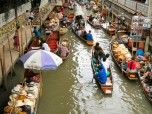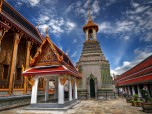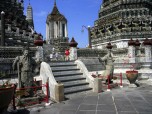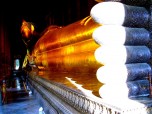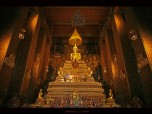The Kennedy Space Center or KSC is the Launch Control Center for the space vehicles of NASA. It is located on Merritt Island in Brevard County which is in the State of Florida in United States. The site of KSC is near Cape Canaveral, which is between Miami and Jacksonville. It covers a total land area of 567 km2 where around 13,500 work to maintain the site. Part of the land covered by the Kennedy Space Center also serves as a wildlife sanctuary where visitors can observe natural flora and fauna of Florida in their natural habitat. Some of the features of the site include Merritt Island National Wildlife Refuge, Indian River, Mosquito Lagoon and Canaveral National Seashore.
The John F. Kennedy Space Center is one of the major tourist destinations in Florida. There is a visitor center with guided public tours. It is the right place to visit to have an exciting experience and learn about America’s legendary space program. Visitors can have a glimpse into a real working environment of a space exploration facility. There are exhibits of historic events in space. People will be able to see face to face space missions of the past, present as well as future missions through 3-D IMAX films.
The tour around Kennedy Space Center also features the U.S. Astronaut Hall of Fame where visitors can see different astronaut memorabilia, displays and simulators. Some lucky visitors have also witnessed a shuttle launch or land, which is definitely an experience to remember. They also offer special programs such as summer camps which can provide children with worthwhile tours in special areas of the complex and experience astronaut training simulator.
There are plenty of activities that can fill your whole day at Kennedy Space Center. Visitors only need to take extra time planning in order to maximize the features of the site.



















